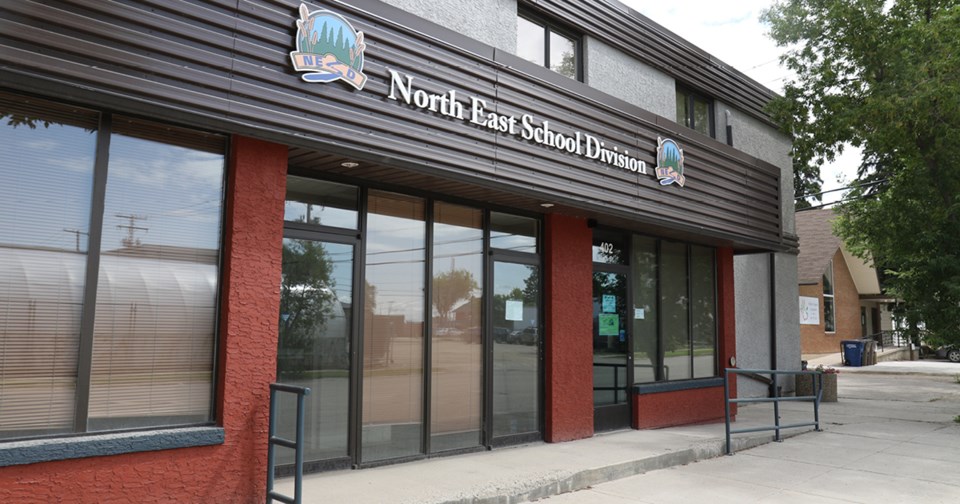EAST CENTRAL — The North East School Division (NESD) board has endorsed the province’s one-year plan to focus on mental health and wellbeing, learning response, and reading.
The one-year interim provincial education plan has been developed to respond to the pressures experienced by school systems as a result of the COVID-19 pandemic.
Don Rempel, the NESD’s director of education, said the division will be developing a local plan on each key focus that will be brought to the board in their June meeting.
“The board approved the provincial direction, and now that informs our school division to put our plans in place before June,” Rempel said.
“The focus on core curriculum and online graduation, reading at grade level, writing and math at grade level all continue as well as our focus on readiness for school and early learning.”
A provincial council was established in 2020 to provide strategic guidance to the development and renewal of a provincial education plan. Among it, a team was established to form the outcomes, measures, and key actions to operationalize the plan.
The provincial team included directors of education, participating First Nations and Métis education authorities, two representatives of Saskatchewan Teachers’ Federation Professional Learning and senior Ministry of Education officials.
It was also informed by feedback from council and member organizations, including the NESD, during mid-February to mid-March.
“This is what they determined to be a reasonable focus going forward, so we try to have a common experience for students K to 12 with local context as much as possible,” Rempel said. “It’s a little bit of back and forth between school divisions, the provincial Ministry of Education and the larger education sector.”
While the NESD’s end of year reading levels won’t be available until the end of June, Rempel said their data so far has been encouraging compared to other years.
According to the diagnostic March reading levels, reviewed by the board at their April meeting, 24 per cent of Grade 1 students have an “enriched understanding,” 19 per cent are fully meeting grade level expectations, 36 per cent are mostly meeting grade level expectations, 13 per cent are not yet meeting grade level expectations, while 5 per cent have not met, and 4 per cent are not applicable.
For Grade 2 within the division, 34 per cent of the students have an “enriched understanding,” 20 per cent are fully meeting grade level expectations, 23 per cent are mostly meeting grade level expectations, 21 per cent are not yet meeting grade level expectations, and two per cent have not met.
For Grade 3 within the division, 46 per cent of the students have an “enriched understanding,” 20 [er cent are fully meeting grade level expectations, 15 per cent are mostly meeting grade level expectations, 17 per cent are not yet meeting grade level expectations, two per cent have not met..
The provincial team will meet to discuss plans for implementation and monitoring of the interim plan in early June.

.png;w=120;h=80;mode=crop)


